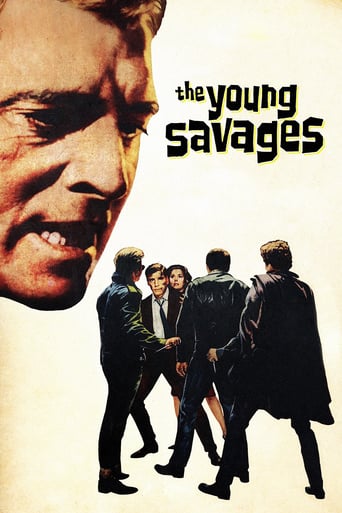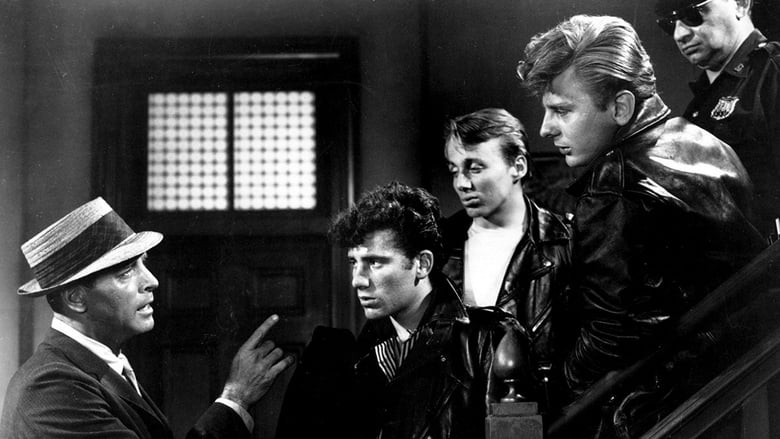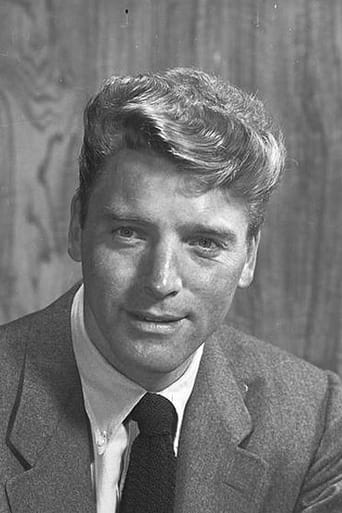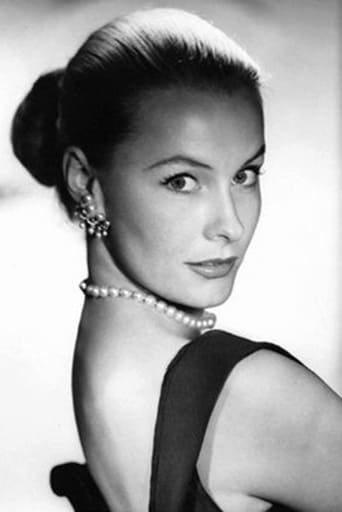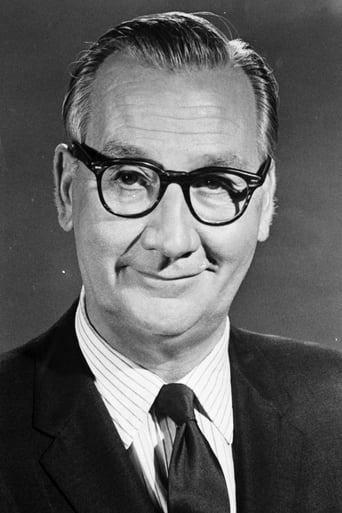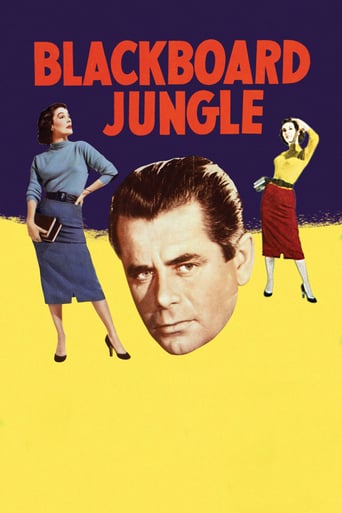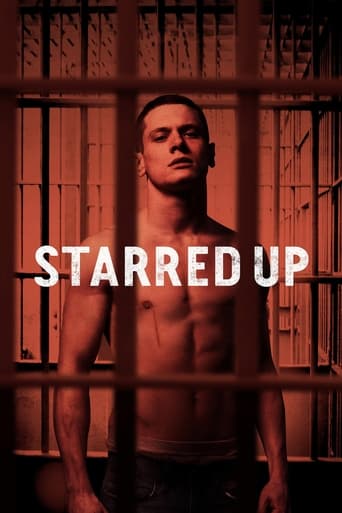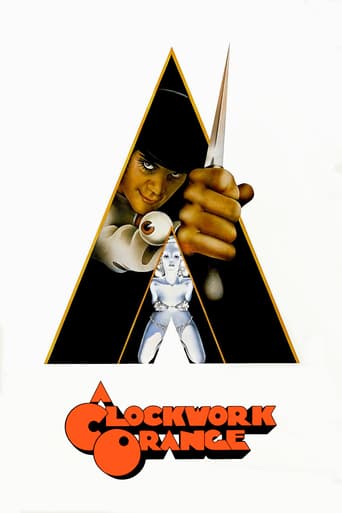The Young Savages (1961)
A district attorney investigates the racially charged case of three teenagers accused of the murder of a blind Puerto Rican boy.
Watch Trailer
Cast
Similar titles
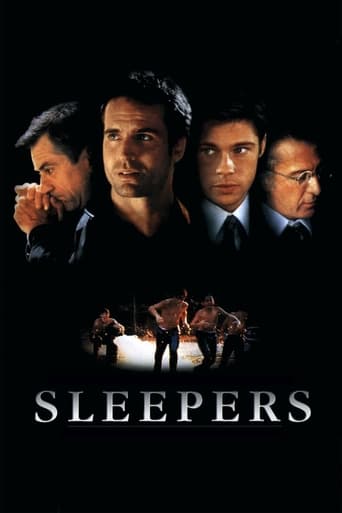
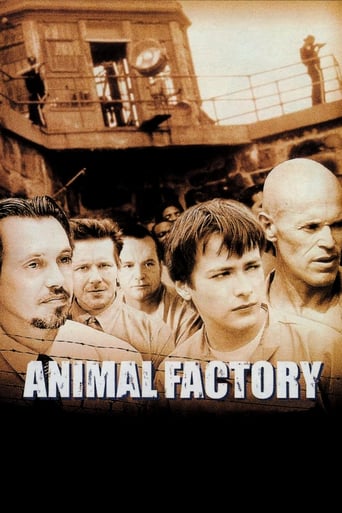
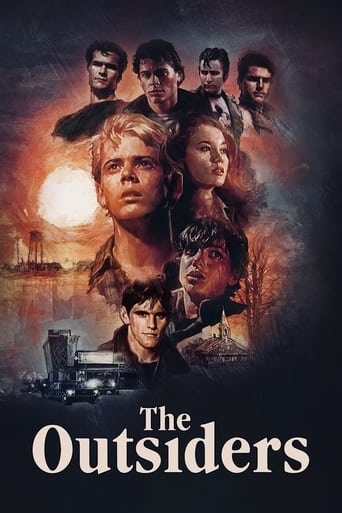
Reviews
Truly Dreadful Film
Plenty to Like, Plenty to Dislike
The film makes a home in your brain and the only cure is to see it again.
a film so unique, intoxicating and bizarre that it not only demands another viewing, but is also forgivable as a satirical comedy where the jokes eventually take the back seat.
The streets of Manhattan take a real beating in this vivid depiction of true events that make the original Dead End Kids and the Jets and Sharks of West Side Story seem trivial. Those two looks at the lives of New York City tough are excellent time capsules but this takes real life and turns it into one of the great social dramas of all time, a true sleeper if there ever was one.Looking at the elevated Metro North near 110th Street (my neighborhood) is a far cry from the location footage in a handful of films using the same shots of the stone underpasses. Shots of all over Manhattan give a dark and eerie look at the harsh world that had most of the country petrified of the image of America that it gave the rest of the world."Hatred has killed my son", the mother of a murdered blind Puerto Rican boy attacked by American hoods exclaims. Accused of pulling a knife, the deceased boy himself is accused of accelerating the crime against him, although it appears that even his own screaming sister didn't make an attempt to pull him into the tenement as the bigoted white teens approached as if they were preparing to slaughter a chicken for dinner. "Take a look. San Juan's polluting the water", one of the monster teens complains before the gang tries to drown a young Puerto Rican boy. The same kid testifies on the behalf of one of them who came to his rescue. Of course, the older Puerto Rican teenagers mistook what he did, and it is only the belief of that white boy's mother (Shelley Winters) that indicates to assistant D.A. Burt Lancaster (her old beau) that he might be innocent.In a major comparison with the song "Gee Officer Krupke", one of the Italian American gang members describes his life much like one of the West side Jets did the same year on film, as did the original novel and original Broadway production of both stories. Each group viciously insults the other with no stone unturned in the hateful racial slurs against each of the other is used.Of course, there is a political subplot with D.A. Edward Andrews hoping for higher office by winning this case, giving the analogy of votes bought by blood rather than promises of justice. Telly Savalas is a rather vicious detective while Dina Merrill plays Lancaster's upper-crust wife who finds the hard way the ugliness of the street. A definite forgotten gem, this is one of the quintessential social horror stories that had been exploding off screen since the end of the second world war. It isn't the artistic triumph of "West Side Story", but it does not sugar-coat anything. This isn't about the Puerto Ricans being made the unwelcome intruders; They are equally presented as young savages as well with clues dropped here and there, adding shocking facts to each of the revelations. A great predecessor to John Frankenheimer's later masterpiece "The Manchurian Candidate", this ends up being just equally as important and for many people who remember these violent years, much more identifiable.
This is quite an entertaining film, and quite slickly done. The opening scene follows three youths that you just know are up to no good. They pull out knives and attack a blind Puerto Rican boy innocently playing a harmonica on his front porch with his sister. A clear case of premeditated murder. The assistant DA is going after the death penalty until he does some digging. It turns out the blind boy is a general in a Puerto Rican gang, and regularly pimps out his 16yo sister for $. This revelation seems to change the mind of the ADA, apparently the blind boy wasn't so innocent after all. Why was this important? It did not change the fact that the 3 went to his house with the specific intention of killing him. If anything it provides motivation. Somehow the blind boy's involvement in gangs meant his life was less valuable. While he has the boy's sister on the witness stand the ADA asks her how she earns money, reminding her she is under oath. The admits she is a hooker. "A prostitute?" the ADA wants clarification."Yes, a prostitute..." The defense attorney objects, but the ADA says he is leading somewhere. But he doesn't- he just lets the jury know she has been a prostitute since the age of 14. The jury is shown wide-eyed. Somehow this is relevant? He asks her if she was coerced into it by an older man. Apparently not, they needed money when her mother got sick. He asked what her mother thought about her being a prostitute, she said the mother wished she had died. Remember this is a witness for the prosecution. This pure 'slut-shaming' at it's best. Moral condemnation.He then goes on to show one of the 3 attackers is mentally challenged, another didn't actually stab the boy, and the third tries to dominate out of fear. essentially he does the defense attorneys job for him. The reasoning given in the film is he wanted to expose THE TRUTH. That truth being that what seems a simple case of good vs evil is more complex- this is all well and good, but there is an underlying message in the film. Initially the three white kids are presented as thoroughly evil bad 'uns. We learn they are complex and disturbed- more deserving of pity than anger. The Puerto Ricans at first seen as innocent victims are finally portrayed as morally corrupt, inferior in every way to the White Man. The blind boy's mother wants justice for her son in the middle of the film, and the ADA promises her she will get it. After he has scuppered his own case, she asks him where is the punishment promised for those that killed he son. He tells her a lot of people killed her son. He implies it was his own fault, her fault, the gang's fault, his own people's fault. He walks away proudly, a job well done. The 3 attackers avoid the death penalty- the mentally challenged one gets sent to a mental hospital, the non-stabber gets a year in juvi, (he's a good kid at heart) and the third gets life in priz. The sentence was probably a good one for the three killers. They were sent to kill the boy by the head of their gang, so although premeditated, they were pawns. There was no mention of pursuing the guy that organised the killing- the Thunderbirds gang leader.The two gangs go back to the status quo, the white middle class ADA, jury, cops and the audience are reassured minorities have no morals and white kids only err through environmental stress.
During this period, many juvenile delinquent films were released following the Hollywood success of The Blackboard Jungle with Glenn Ford in 1955. The cycle continued into the sixties when the juvenile films often turned soft or zany, such as the beach films. The delinquency films returned to a more hardcore approach with the advent of the motorcycle films from the mid sixties to the early seventies. John Frankenheimer was a director to be reckoned with from the fifties through the mid sixties. In The Young Savages, his second feature film, Frankenheimer directs Burt Lancaster as a crusading assistant district attorney who later finds himself second-guessing himself when prosecuting three Italian gang members for stabbing a blind Puerto Rican boy to death. The role is beneath Lancaster, and it becomes one of his standard portrayals of an intense character in growing conflict with himself over ethical issues. His performance is good, but toward the end of the film in the courtroom scene, Lancaster's character seems to take an about face in relation to his position as a prosecutor and from his earlier get tough approach; as a result, his concluding courtroom speech rings hollow and makes him sound like a political mouthpiece for the screenwriter. The film also glosses over the ethical dilemma of Lancaster prosecuting the son of a former girlfriend.The icy Dina Merrill represents the book-learned liberal faction of society insulated from facing the social problems the establishment attempts to come down on. Shelley Winters is always good, this time as an Italian mother with a son she's disconnected from. Edward Andrews is good as Lancaster's amoral, political boss. Telly Savalas appears in only his second feature film as a rough and tumble police lieutenant, a precursor to his Kojack persona. Luis Arroyo, the one time pitcher from the Yankees at the time, is Zorro (the Puerto Rican gang leader). The Young Savages attempts to do too much in one film, depicting juvenile delinquency as a social problem with varied causes seemingly to be studied and understood. Also the four main characters of Lancaster, Merrill, Winters, and Andrews appear to symbolize the various factions of society with a vested interest in delinquency as an issue; of course a couple are misguided. Neither gang is depicted as all good or all bad. The gang members appear to be acting a bit exaggerated in the film, which may have seemed necessary for the film to make its point, but today the performances simultaneously seem dated, tame, and, in the case of John Davis Chandler, over-the-top. Frankenheimer's early films, as did his early television work, move quickly with tense, emotionally packed scenes. He was also innovative with camera angles and stop action close-ups. The Young Savages benefits immensely from on location shooting in East Harlem neighborhoods where Lancaster grew up himself. The screenplay is based on Evan Hunter's novel: A Matter Of Conviction, the title deliberately ambiguous perhaps. This is probably Frankenheimer's weakest film from his first decade of directing. *** of 4 stars.
***SPOILERS*** 1961 motion picture loosely based on the notorious August 30,1959 Salvador Agron "Capeman killings" in New York City's Hells Kitchen. The movie has the racial backgrounds of victim and killer reversed which made the film a bit disingenuous to the movie going public back then in 1961, just two years after that terrible event. The killer Salvador Agron was Hispanic and his two teenage victims, Anthony Krezsinski and Robert Young, were white. Three members of the white Manhattan street gang The Thunderbirds cross into Spanish Harlem on the turf of the local Puerto Rican gang The Horsemen and zero in on young and sensitive harmonica playing Roberto Escalante, Jose Perez,knifing him to death. Caught minutes after the killing are the three gang members Reardon Di Pace & Aposto, John David Chandler Stanley Kristien & Neil Nephew. With the city D.A Daniel Cole, Edward Andrews, wanting a first degree murder conviction of the three teenage assailants, to give him a boost in the upcoming gubernatorial elections, he put's his best prosecutor on the case Asst. D.A Hank Bell, Burt Lancaster. With the three defendants claiming that they killed Roberto in self-defense their excuse falls apart like a house of cards when it's shown that he was totally blind and a threat to no one, much less themselves. It now starts to look like D.A Cole would get the first degree murder conviction that can send the three youths, all under 18, to the electric chair. Bell who at first had no idea who the three defendants were soon realized that one of the accused killers, Danny Di Pace, is the son of a woman Mrs. Mary Di Pace ,Shelly Winters,that he was in love with years before he got married to his present wife Karin, Dina Merrill. This made prosecuting Danny very difficult and painful for him.Slowly getting all the evidence in order and at the same time being attacked,far worse the his wife was earlier in the film, by gang members for doing his job Asst. D.A Bell finally gets to the bottom of the case. Bell finds out the real reason for Roberto's killing and it totally throws him off to what he's supposed to do in the case; get a verdict that would strap the three into the electric chair, regardless of their guilt or innocence, in order to further his boss' D.A Cole political career. A bit ahead of it's time "The Young Savages" goes into the mental mindset of the three accused killers of blind Roberto Escalante and comes up with some startling conclusions; all three were not in full control of themselves or in what they did so a first degree murder conviction was unable to be reached by the jury. Not that they got off Scot-free for their actions and Roborto himself was anything but the innocent bystander that he was made out to be by his friends family and the liberal newspapers.A cowardly bully with a deep inferiority complex who was the leader of the pack Arthur Reardon is given 20 to life. A mentally retarded and delusional Anthony "Batman" Aposto, who thinks that he's the Batman of comic book fame, ends up in an institution for the criminally insane until he's seen fit, by a battery of psychiatrists, to again become a member of society. It was Danny Di Pace who got off from getting heavy jail time, Danny got a year in Juvenile Hall, for just wanting to be a member of a street gang to have the family that he never knew but that involvement lead to Roberto Escalante losing his life.Hank Bell threw away whatever future he had in the New York State D.A's office by looking at the facts and perusing Justice instead of letting the three gang member fry for the sake of his, and D.A Cole's, future in state or national politics.
